Ranch seasoning is a dry spice blend primarily composed of dried herbs (dill, parsley), garlic powder, onion powder, salt, black pepper, and sometimes additional ingredients like mustard powder or celery salt. Unlike ranch dressing which is a creamy liquid made with buttermilk and mayonnaise, ranch seasoning is a powdered form that can be used directly as a seasoning or mixed with liquids to create dressing. This versatile blend delivers the iconic tangy, herbaceous flavor of ranch in a convenient dry format that enhances meats, vegetables, snacks, and dips without adding moisture.
Key Facts at a Glance
- Form: Dry powder blend (vs. liquid dressing)
- Core ingredients: Dill, parsley, garlic, onion, salt, pepper
- Shelf life: 1-2 years when stored properly
- Primary use: Direct seasoning for foods or base for dressings
- Created: 1970s as powdered version of original ranch dressing
What Is Ranch Seasoning? Understanding the Basics
The fundamental difference between ranch seasoning and ranch dressing is their form and application. Ranch seasoning refers specifically to the dry spice mix that contains the dehydrated flavor components of ranch without the liquid base. When you add buttermilk, mayonnaise, or yogurt to ranch seasoning, you create ranch dressing. The seasoning itself works as a direct flavor enhancer that can be sprinkled on foods without altering their texture.
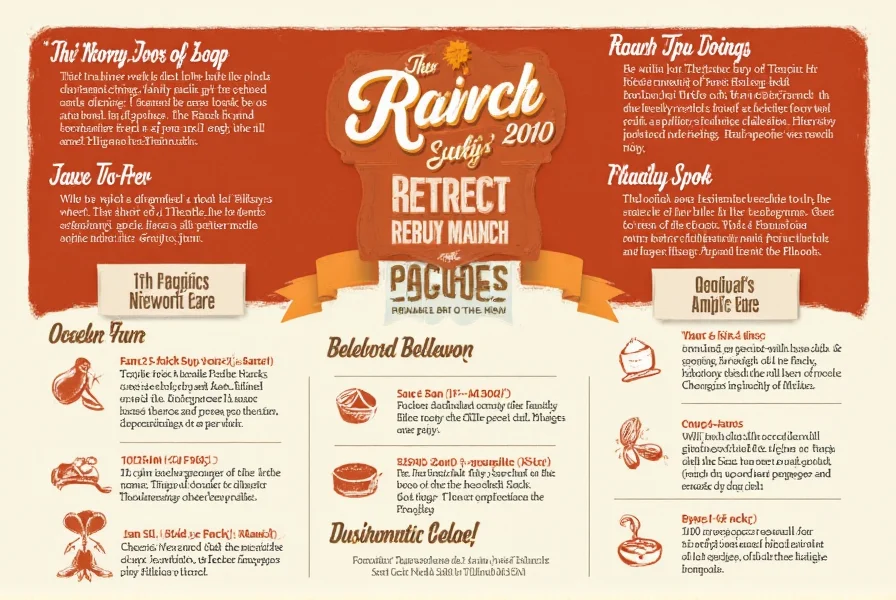
Understanding this distinction is crucial for proper usage in recipes. Many cooking mistakes happen when people confuse the two forms - using dressing when a recipe calls for seasoning (adding unwanted moisture) or vice versa (lacking necessary liquid components).
History and Evolution of Ranch Seasoning
While ranch dressing was created in the 1950s by Steve Henson at his California dude ranch, ranch seasoning didn't emerge until the 1970s when food manufacturers recognized the need for a convenient, shelf-stable version. Hidden Valley Ranch played a pivotal role in this evolution, initially selling their dressing mix as packets to visitors of their ranch before scaling production for retail.
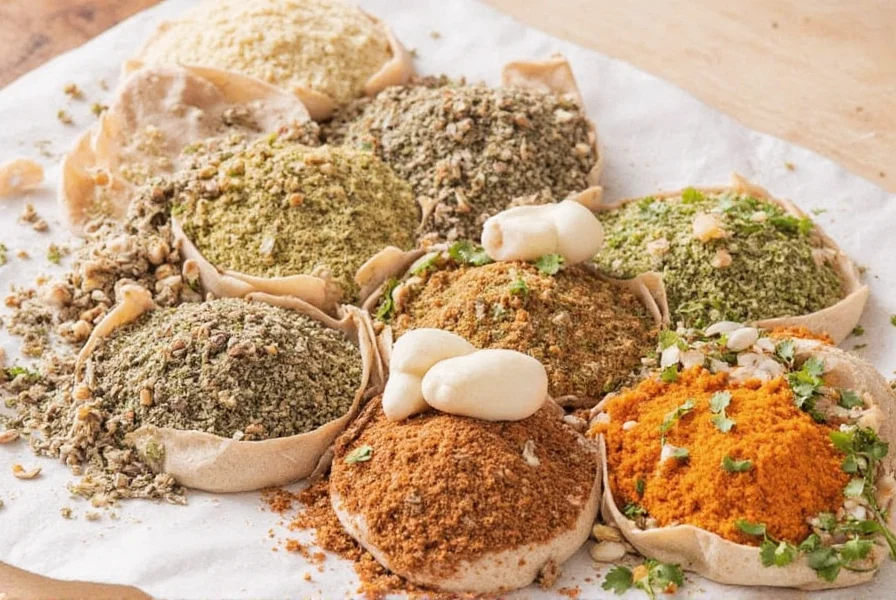
The powdered format solved several problems: extended shelf life, reduced shipping costs, and kitchen versatility. Unlike the perishable dressing, the seasoning could be stored for months and used in countless applications beyond just dipping.
Complete Ingredient Breakdown
While formulations vary by brand, authentic ranch seasoning contains these core components:
- Dried dill: Provides the characteristic tangy, grassy note
- Dried parsley: Adds freshness and color
- Garlic powder: Delivers savory depth
- Onion powder: Contributes sweetness and complexity
- Sea salt: Enhances all flavors and acts as a preservative
- Freshly ground black pepper: Adds subtle heat
Higher quality blends may include:
- Celery salt (for umami)
- Mustard powder (for tang)
- Buttermilk powder (for authentic ranch flavor)
- Chives (for onion flavor without raw sharpness)
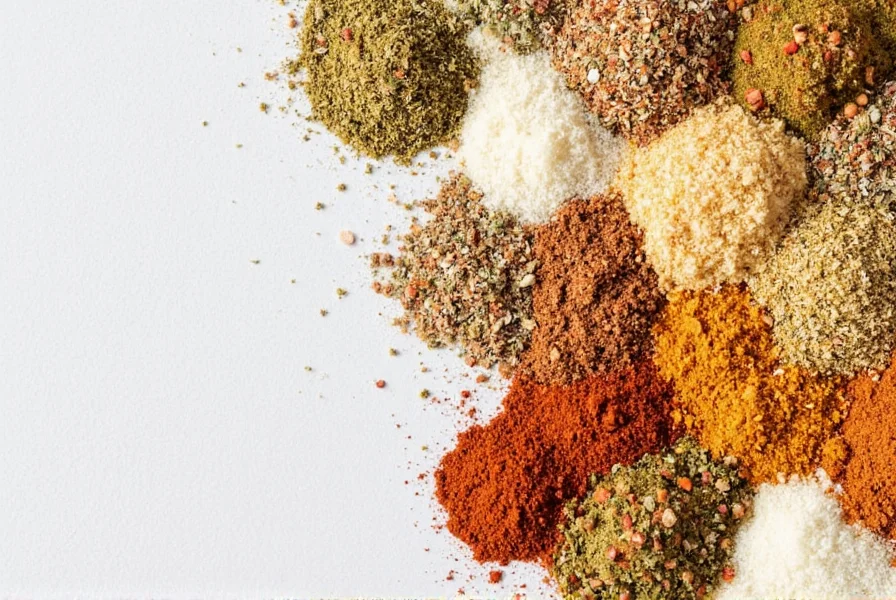
| Ingredient | Flavor Contribution | Typical Percentage |
|---|---|---|
| Dill | Tangy, herbaceous | 20-25% |
| Parsley | Fresh, green | 15-20% |
| Garlic powder | Savory, pungent | 15-18% |
| Onion powder | Sweet, aromatic | 12-15% |
| Salt | Flavor enhancer | 25-30% |
Practical Applications: How to Use Ranch Seasoning
Ranch seasoning's versatility extends far beyond its namesake dressing. Professional chefs and home cooks use it in these proven ways:
1. As a Dry Rub for Proteins
Mix 2 tablespoons ranch seasoning with 1 tablespoon olive oil to create a paste for chicken, salmon, or pork. The herbs form a flavorful crust while the garlic and onion penetrate the meat.
2. Vegetable Enhancement
Toss 1-2 teaspoons with roasted vegetables (especially potatoes, cauliflower, or zucchini) before serving. The seasoning adheres better to hot vegetables and enhances natural sweetness.
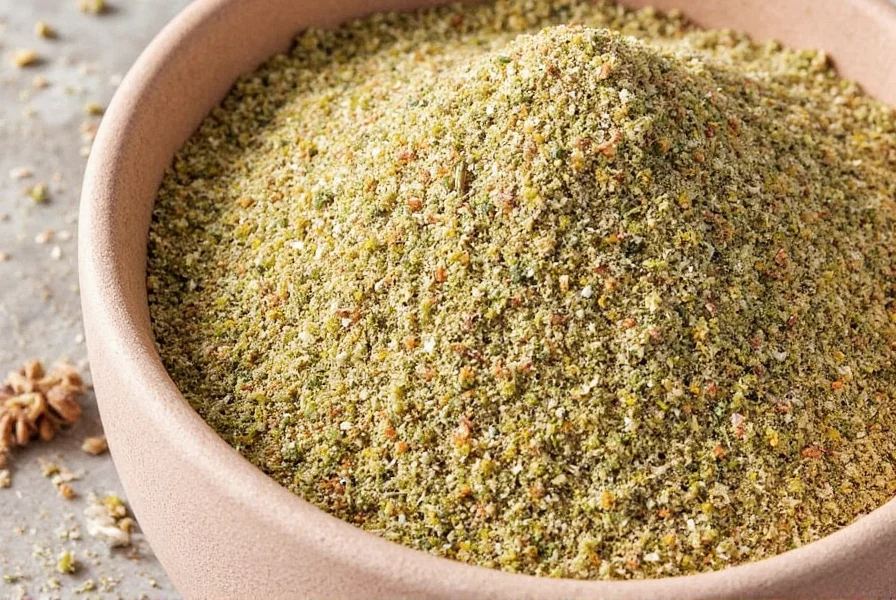
3. Snack Seasoning
Create restaurant-quality seasoned popcorn by spraying kernels with olive oil mist and tossing with 1-2 teaspoons ranch seasoning per 4 cups popped corn.
4. Dressing and Dip Base
Mix 2 tablespoons seasoning with 1/2 cup mayonnaise and 1/4 cup buttermilk for classic ranch dressing, or with Greek yogurt for a healthier alternative.
Expert Buying Guide: Selecting Quality Ranch Seasoning
Not all ranch seasonings deliver equal quality. Consider these professional criteria when shopping:
Quality Indicators
- Ingredient simplicity: Top-quality blends contain 8 or fewer recognizable ingredients
- No artificial preservatives: Avoid sodium benzoate and BHT
- Visible herb particles: Should see green flecks of dried dill and parsley
- Fresh aroma: Strong herbal scent when opening container
| Brand Evaluation | Top Choice | Best Value | Specialty Option |
|---|---|---|---|
| Product | Simply Organic Ranch Seasoning | McCormick Ranch Seasoning Mix | Spiceology Gourmet Ranch |
| Price per Ounce | $0.92 | $0.48 | $1.25 |
| Key Advantages | USDA Organic, no MSG, superior herb quality | Widely available, consistent flavor, budget-friendly | Gourmet ingredients, includes buttermilk powder |
| Ideal For | health-conscious cooking, organic recipes | everyday use, family meals | special occasions, chef-inspired dishes |
Precision Homemade Ranch Seasoning Recipe
Creating authentic ranch seasoning at home ensures freshness and customization. This professional chef-tested recipe delivers superior flavor:
Ingredients (Makes 1 cup):
- 1/4 cup dried dill weed (crushed between fingers)
- 3 tbsp dried parsley flakes
- 3 tbsp garlic powder
- 3 tbsp onion powder
- 2 tbsp freshly ground black pepper
- 3 tbsp fine sea salt
- 1 tbsp celery salt
- 2 tsp mustard powder
- 1 tbsp buttermilk powder (optional but recommended)
Professional Preparation Method:
- Place all ingredients in a glass bowl
- Use a whisk to thoroughly combine (not a spoon, which can cause clumping)
- Sift through a fine mesh strainer twice for even distribution
- Store in an airtight glass container away from light and heat
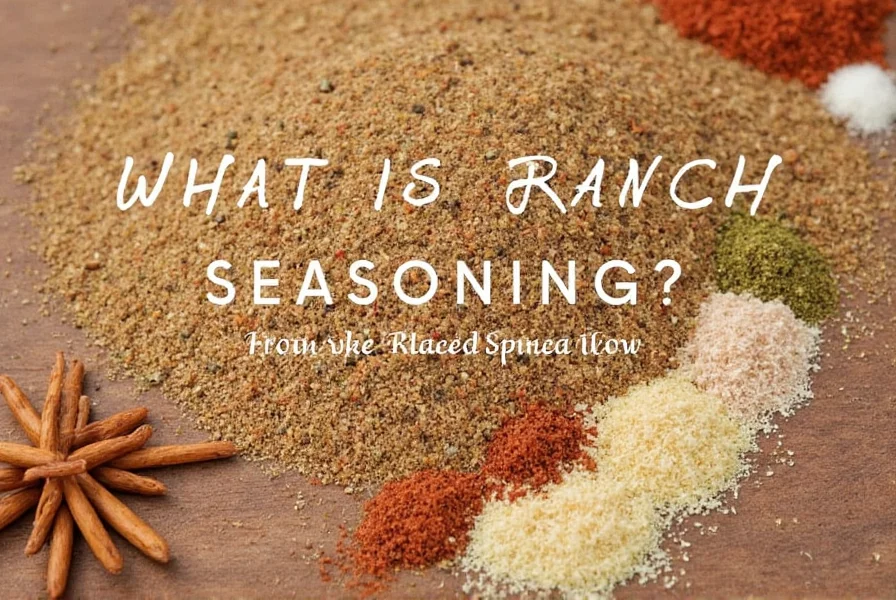
Pro Tip: For optimal flavor development, let the mixed seasoning rest for 24 hours before use to allow flavors to meld. The buttermilk powder is crucial for authentic ranch flavor but can be omitted for dairy-free versions.
Common Questions Answered
What is the difference between ranch seasoning and ranch dressing?
Ranch seasoning is a dry spice blend containing dehydrated herbs and spices, while ranch dressing is the prepared liquid product made by mixing the seasoning with buttermilk, mayonnaise, and other liquid ingredients. The seasoning has a shelf life of 1-2 years, whereas dressing must be refrigerated and used within weeks.
Can I substitute ranch dressing for ranch seasoning in recipes?
No, they're not interchangeable without adjustments. To substitute dressing for seasoning, you'd need to reduce other liquids in the recipe and account for the additional fat content. For every 1 tablespoon of ranch seasoning called for, use 3 tablespoons of ranch dressing and reduce other liquids by 2 tablespoons.
Why does my homemade ranch seasoning taste different from store-bought?
Commercial blends often include buttermilk powder and proprietary flavor enhancers that home versions might lack. For closer approximation, add 1 tablespoon buttermilk powder to your homemade blend and let it rest for 24 hours before use to develop authentic ranch flavor.
How can I make my ranch seasoning less salty?
Reduce the salt content by 25-50% in your blend and compensate with additional herbs. For every tablespoon of reduced salt, add 1/2 teaspoon extra dill and 1/4 teaspoon extra garlic powder to maintain flavor balance without excessive sodium.
Does ranch seasoning contain dairy?
Traditional ranch seasoning does not contain dairy, but some premium blends include buttermilk powder for authentic flavor. Always check labels if avoiding dairy. The homemade recipe provided can be made dairy-free by omitting buttermilk powder.
Maximizing Your Ranch Seasoning Experience
Ranch seasoning's enduring popularity stems from its remarkable versatility and crowd-pleasing flavor profile. By understanding its composition and proper usage techniques, you can elevate everyday meals with professional results. Remember that the highest quality results come from using fresh, high-grade ingredients and proper storage techniques to preserve flavor integrity. Whether purchasing commercial blends or making your own, the perfect ranch seasoning should deliver a balanced herbaceous note with subtle tang and savory depth that enhances rather than overwhelms your dishes.
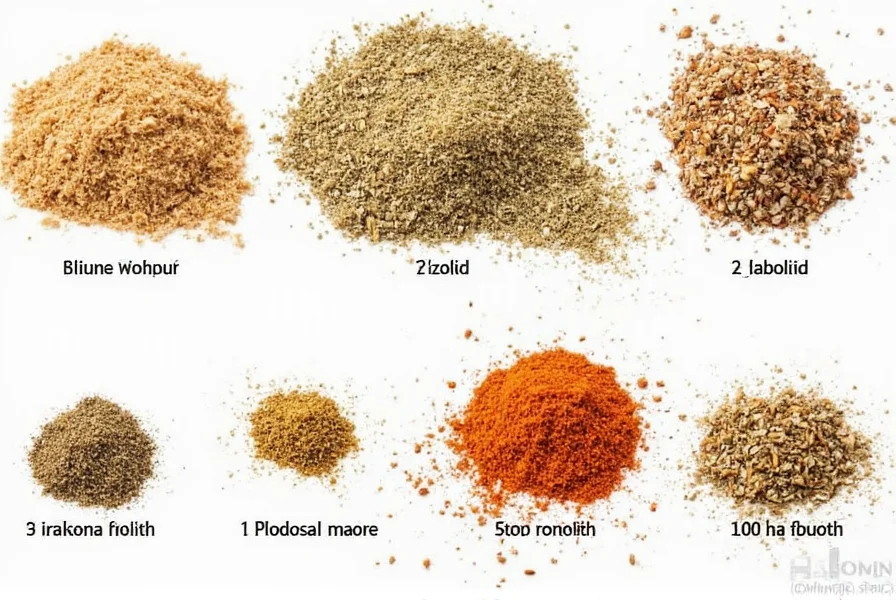

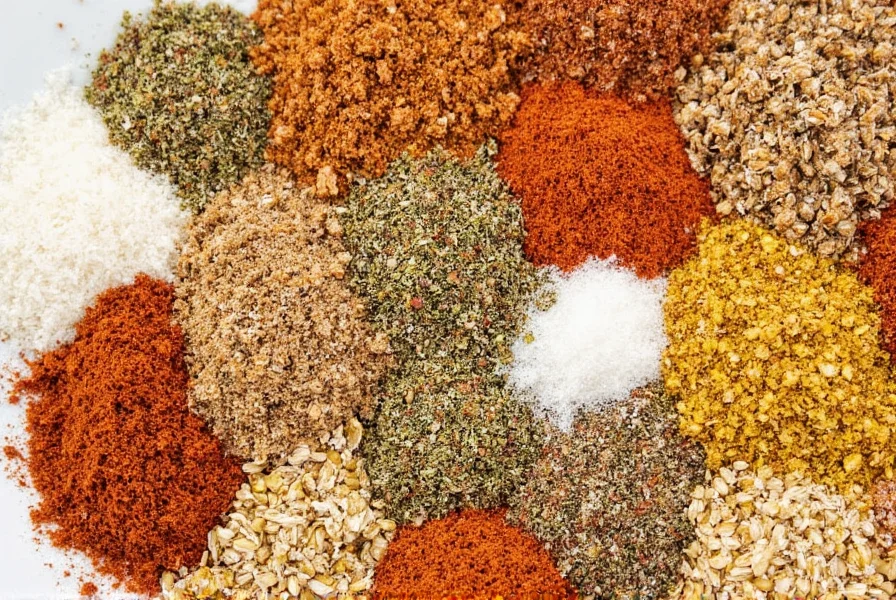









 浙公网安备
33010002000092号
浙公网安备
33010002000092号 浙B2-20120091-4
浙B2-20120091-4